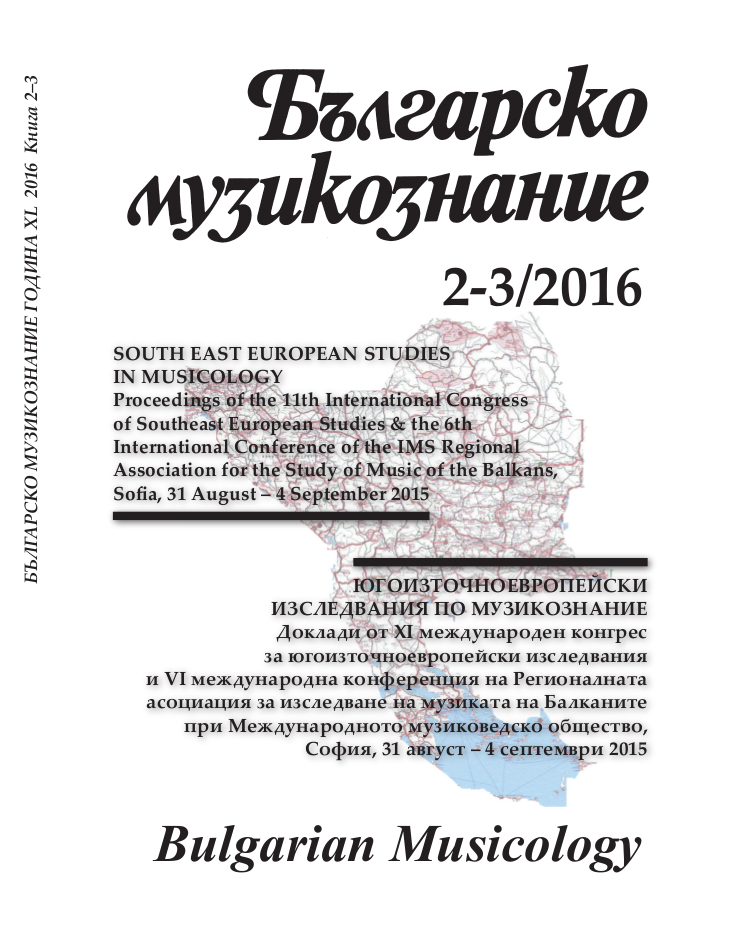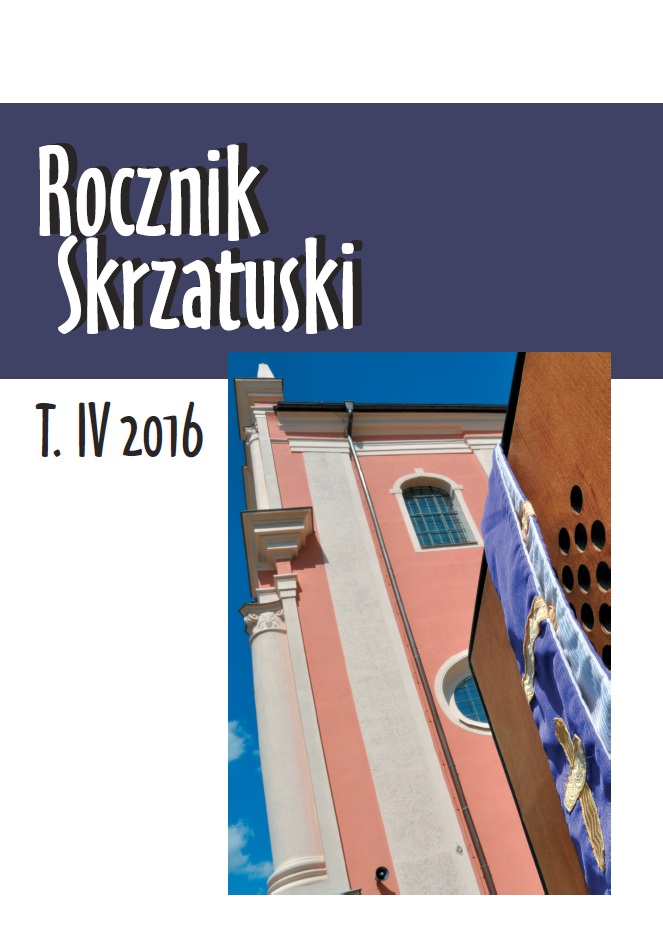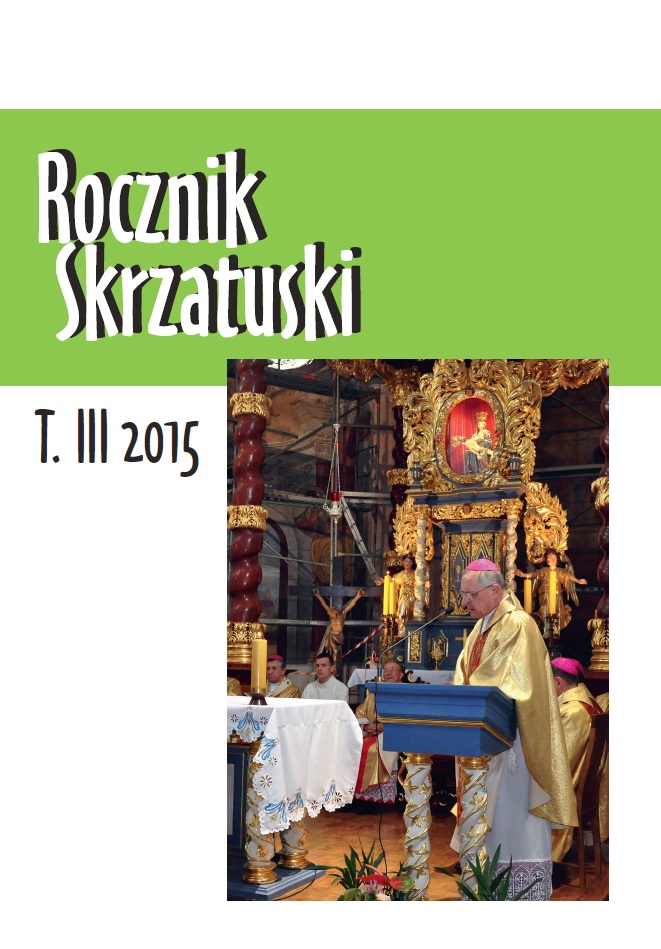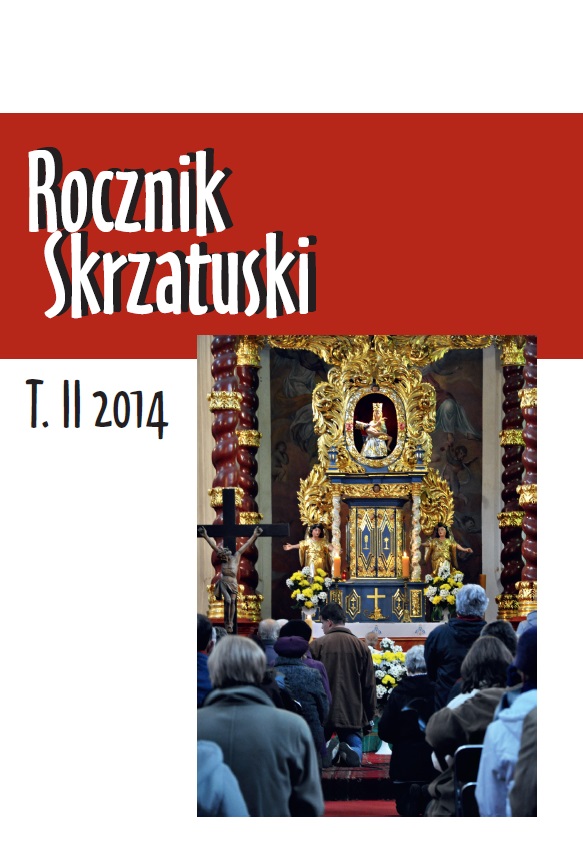
We kindly inform you that, as long as the subject affiliation of our 300.000+ articles is in progress, you might get unsufficient or no results on your third level or second level search. In this case, please broaden your search criteria.


A history of German family Klein, coming from Mecklenburg, began in the Greater Poland in1652 when a captain of Ludwik Weiher’s dragoons, Georg Klein [later known as Jerzy Klejna]married Anna Eufrozyna Simon, a daughter of Martin Simon – a mayor of Wałcz. The articledescribes the fate of the family settled in the village Wiesiółka near Skrzatusz, which was givento Lieutenant Colonel Jerzy Klejna by the King Jan Kazimierz with both the coat of arms andthe rights of the nobility. It was all granted for his contribution in the field of battle in 1666. Theproperty had been passed to the Colonel’s sons and grandsons for four generations. The lastpossessor of the assets was Anna Szwander of Klejna who sold patrimony in 1808. Thus sheended the history of the family Klejna in Wiesiółka.
More...
In the historic church in Osieki there are interesting works of stained glass. They come fromdifferent, mutually distant historical periods testifying about local communities, cultural context,payers and finally artistic skills of performers . In the southern nave of the church there isone of the two that had once existed modern stained glass dated from around 1600. Despite thedamage occurred there is still a readable piece of enamel painted composition which authenticityis confirmed by the preserved invaluable sources, mainly by the inventory of Rudolf Hardowamade in the 30s of the XX century at the request of the Landesmuseum in Szczecin. Thecatalog included about 800 Pomeranian stained glass of the XVI and XVII century in a descriptiveand – now existing only residually – a drawing one. Moreover, we have additional informationabout other unknown Renaissance colored panes thanks to the archaeological researchundertaken in 2015 and the acquired invaluable research material. It confirmed not only theexistence of the modern glass cabinet in the windows of the chancel, but also the later stainedglass from the late XIX century. The today’s choir stained glass windows are associated withthe last pre-war foundation of Hildebrand family, then the owners of the property in Osieki.
More...



The article discusses the historic silver in the Catholic Church in Skrzatusz. There are objectsfrom the seventeenth to twentieth century, both existing and missing.
More...
The Gothic church which stands on the eastern shore of Lake Jamno and to the south of Mountain Chełmska near Koszalin with its traditions of medieval shrine of the Virgin Mary also enjoys the legend of pilgrimages. The extensive restoration work is associated with the search for historical traces of worship of Osieki Miraculous Host from 1400 to the beginning of the Lutheran reform in Pomerania (1535). The Osieki tradition (formerly Wusseken) is considered particularly with the Eucharistic movement in XV century around the shrines of Pomerania (within the historical boundaries), Mecklenburg and Brandenburg. The architecture and history of the expansion of the temple suggest the dynamic development of religious life in this seaside part of Poland. We have found plenty of information about Osieki Eucharistic miracle in the annals and literary heritage of the Church of Pomerania during Reformation. The older and contemporary historiography requires critical reading of studies that often duplicates negative stereotypes in stories about the "dark ages" and their superstitions seen in various forms of Catholic piety.The preserved equipment of the temple comes mostly from XVII century and has the typical characteristics of Lutheran baroque ( a pulpit from 1672, an altar from 1616, a baptismal font from about 1650, an epitaph from 1710). It expresses the spirituality of that time rooted in the Bible and focused on the apostolic tradition. The preparation of the conservation draft requires the knowledge about the oldest religious tradition of the temple expressed in the Gothic aesthetics and symbolism. It provokes a new poetic creativity in prayer that helps in shaping modern Eucharistic ministry in Osieki that is open to regular parish life, tourists during holiday and pilgrims to host on their Pomeranian Way of St. James or the Cistercian Way. The multi-faceted work around the temple in Osieki combines with the hope that this holy place become an interesting place for pilgrimages paths forming a European Christian civilization.
More...










